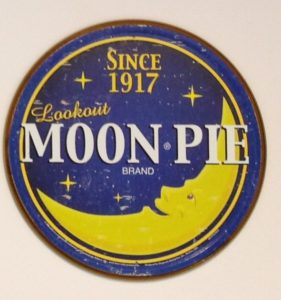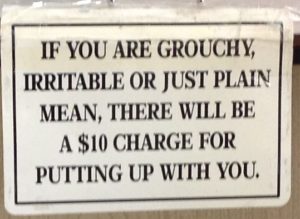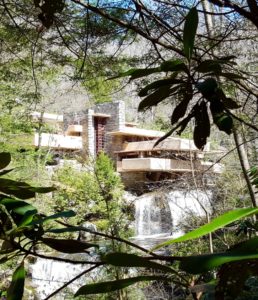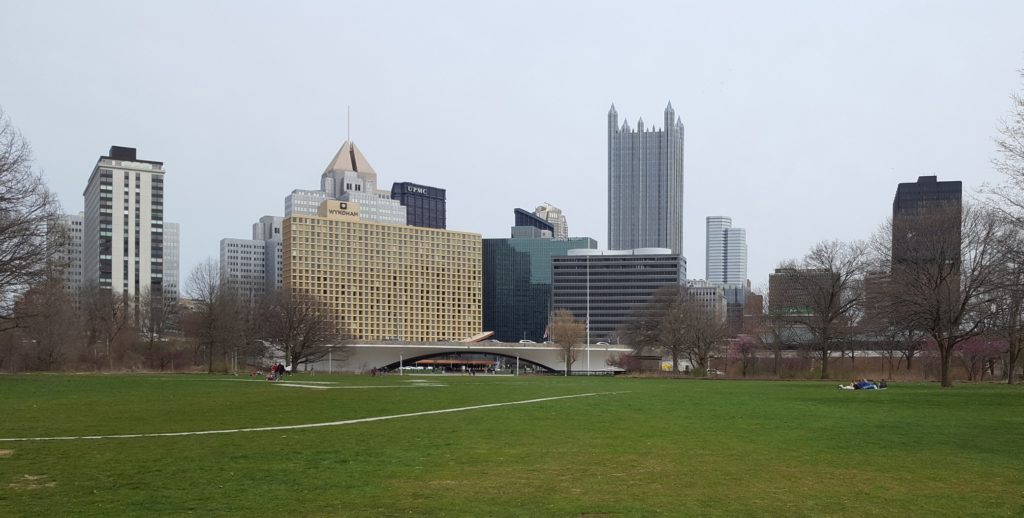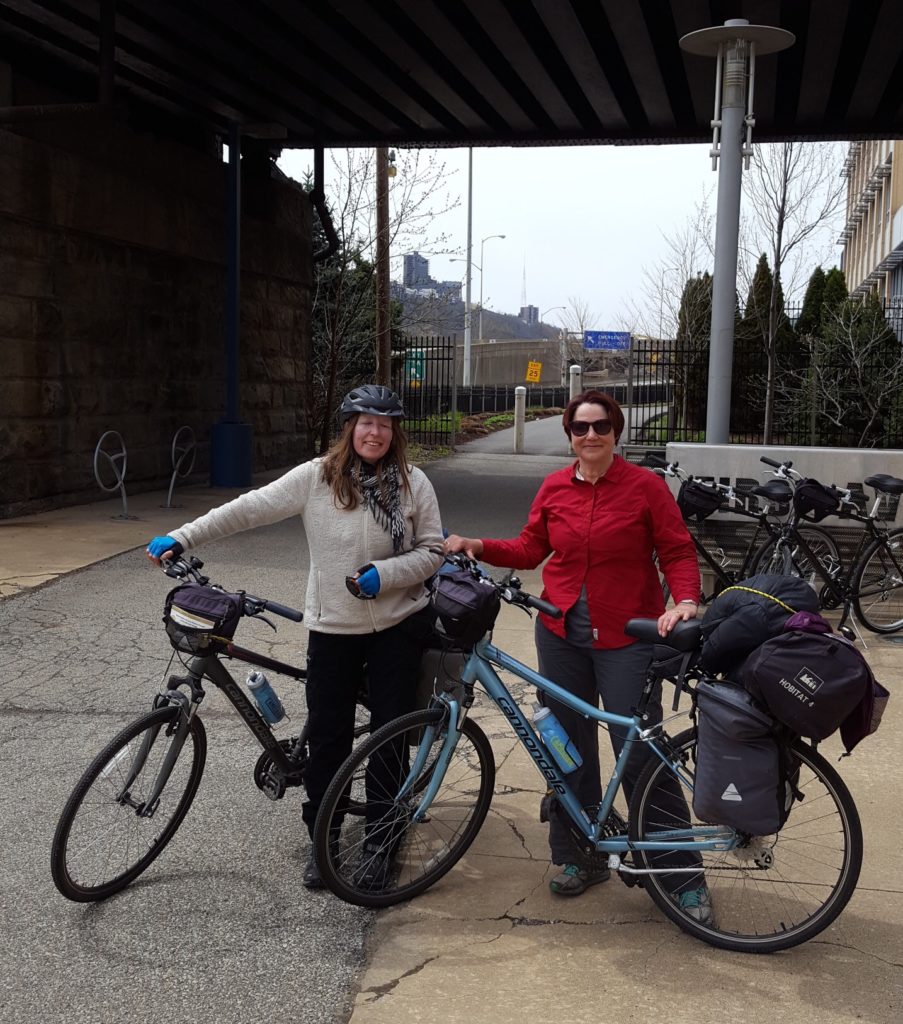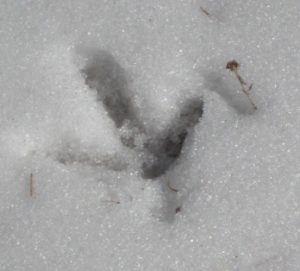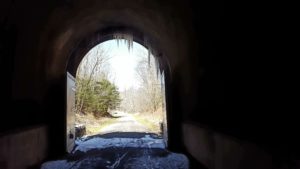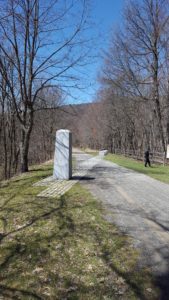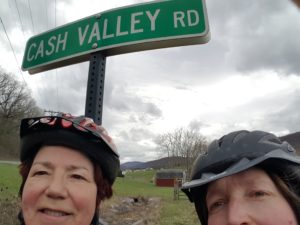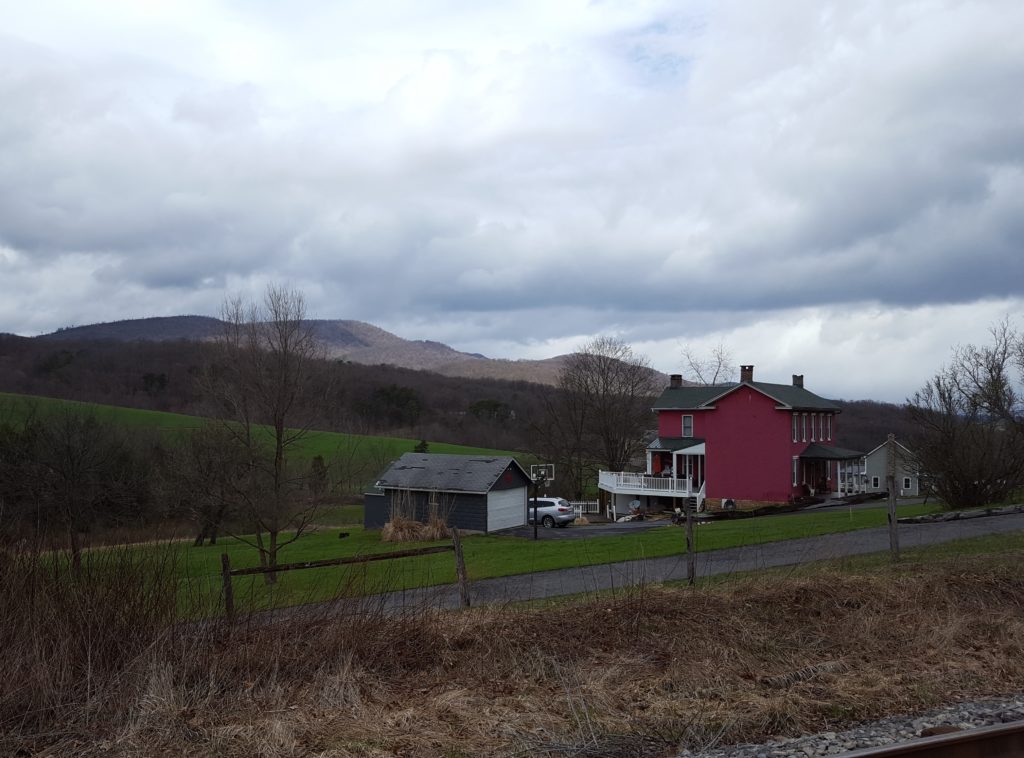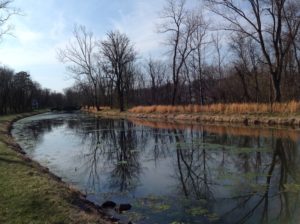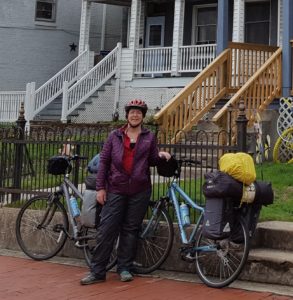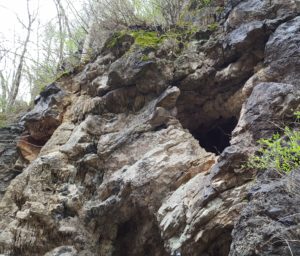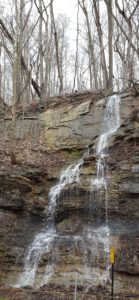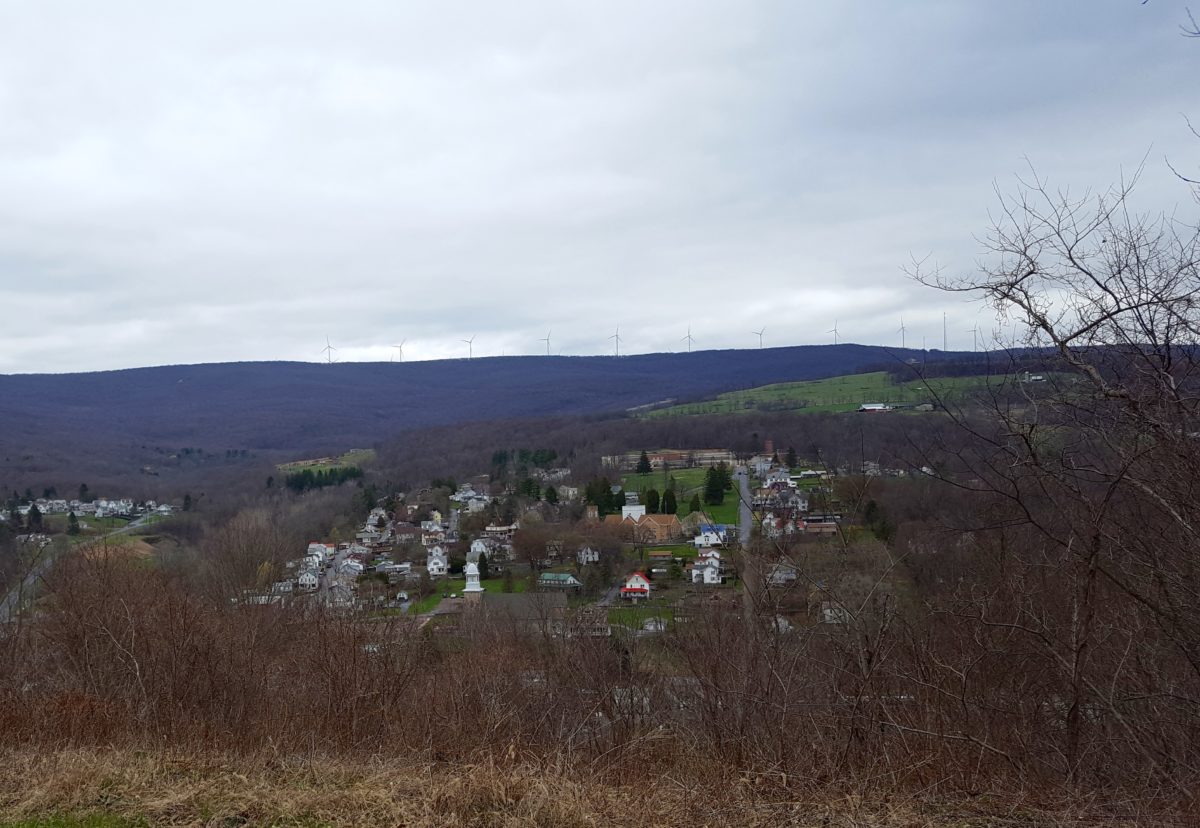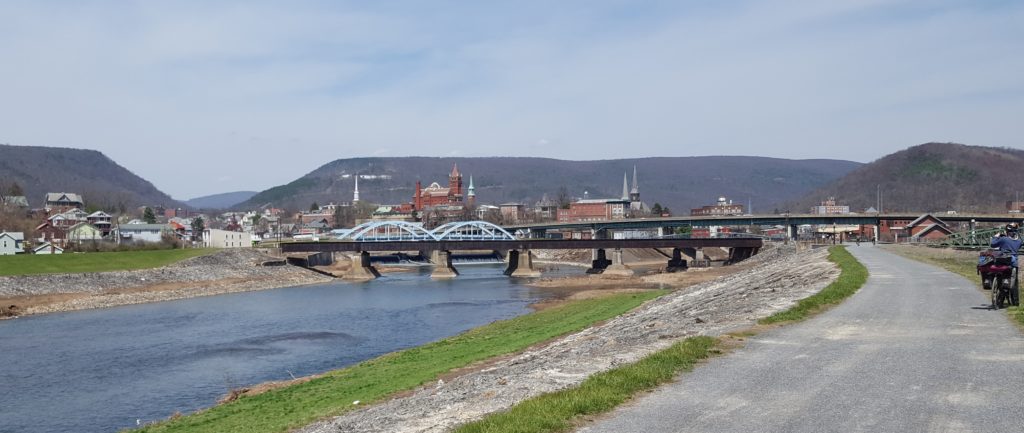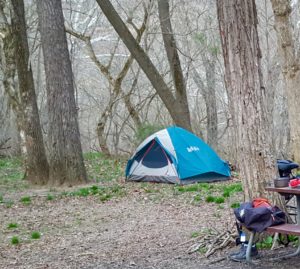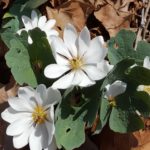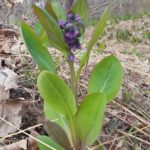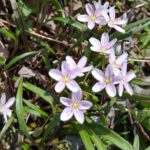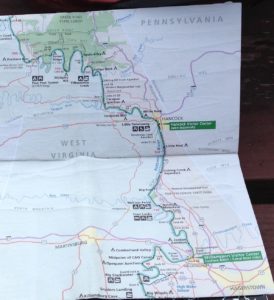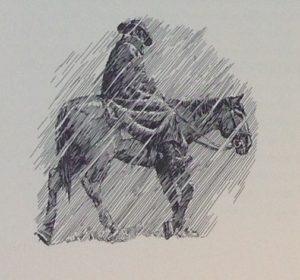 It’s happening! My book How We Survive Here: Families Across Time is being released this November. It’s already up and available for pre-order on Amazon.*
It’s happening! My book How We Survive Here: Families Across Time is being released this November. It’s already up and available for pre-order on Amazon.*
What a journey. Back in 2008, my German cousin Angela Weber visited me, bringing along 19th-century letters written in Old German Script by my German immigrant ancestors. Angela knew how to translate the letters, a true blessing. Otherwise their contents would still be a mystery.
I wrote my historical novel The Last of the Blacksmiths (2014) based on the people of those letters, blacksmiths and wagon-makers to Cleveland, Ohio in the mid-1800s. I fictionalized the story to universalize it, but Angela pressed for something more — the actual publication of the letters to make them available to all. She was right, of course. In addition to their value for historians, the letters also contain many surnames of other German immigrants, something of value to genealogists.
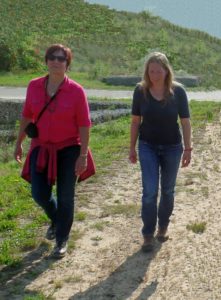 As we got going on the project (the letter translations in the book are by Angela), How We Survive Here became so much more than letters, eventually transforming into a full-fledged memoir. It’s the story of:
As we got going on the project (the letter translations in the book are by Angela), How We Survive Here became so much more than letters, eventually transforming into a full-fledged memoir. It’s the story of:
Last but not least, How We Survive Here was written in the hope it will inspire and help many others as they explore and write up their family histories.
The release date (November 10, 2018) is one month and counting, so here we go. Thanks to all of you for coming along on the journey.
*Though it’s convenient to shop on Amazon, I believe it’s also important to support your local bookstore, another place you can order a copy. Or, request that your local library add it to their collection.

